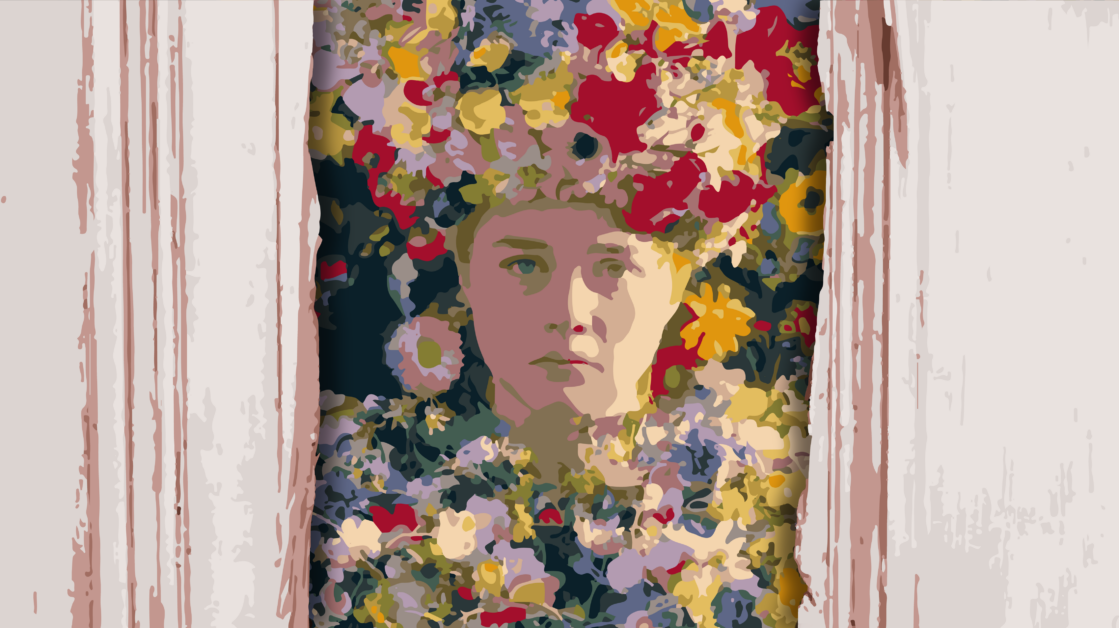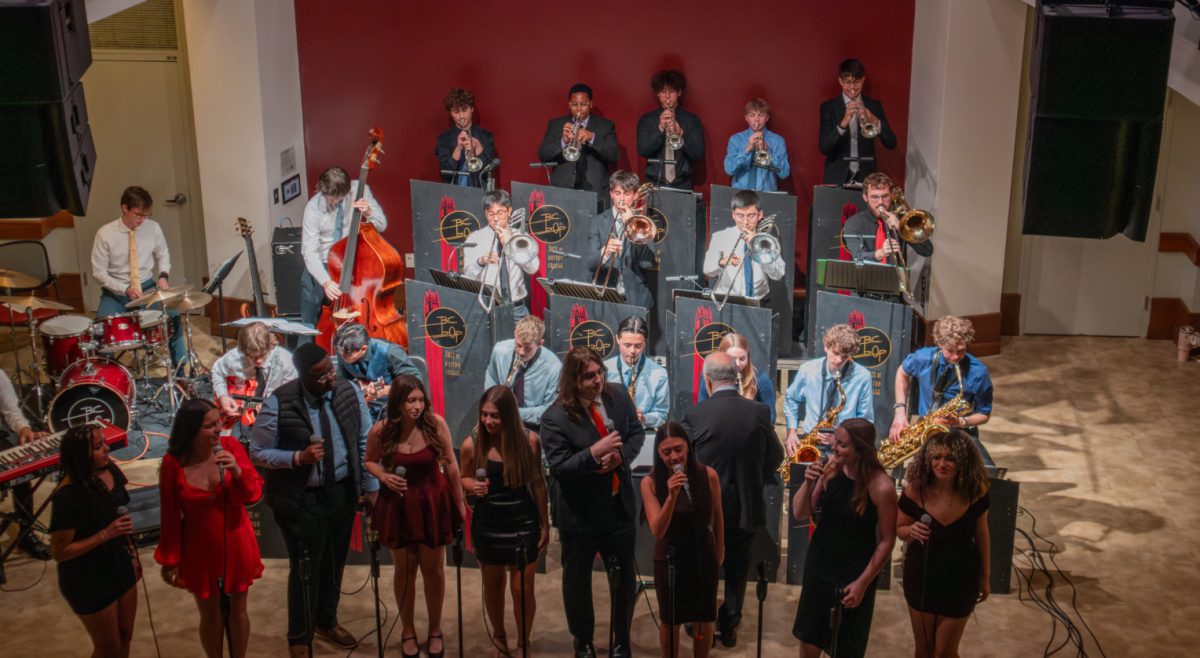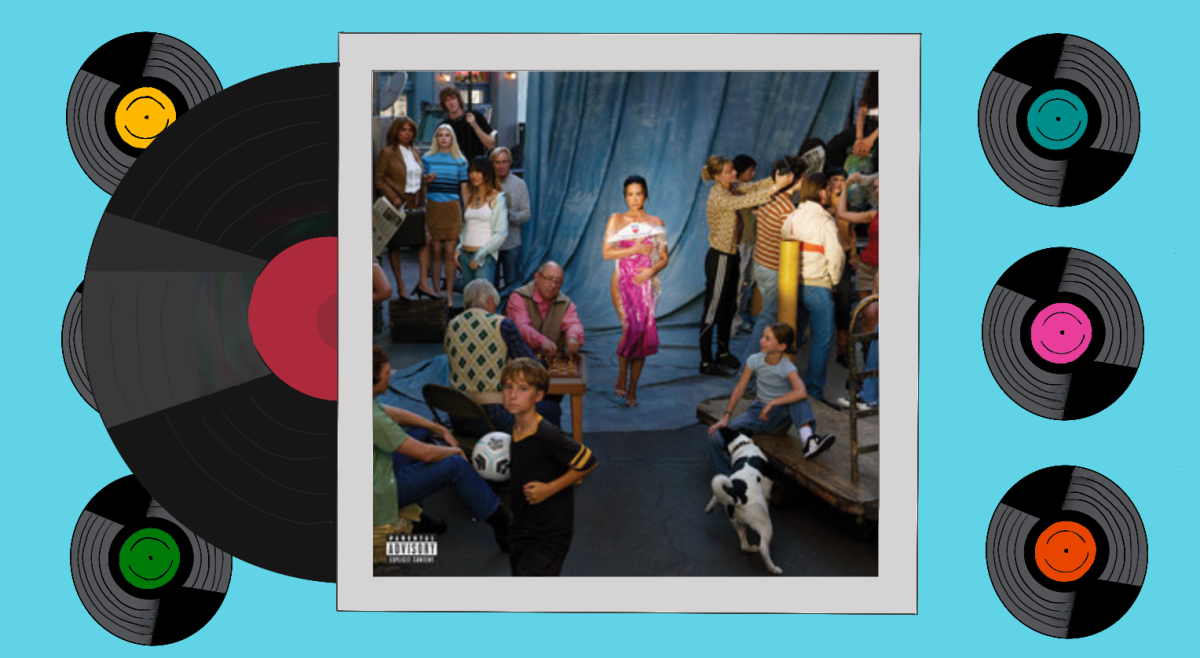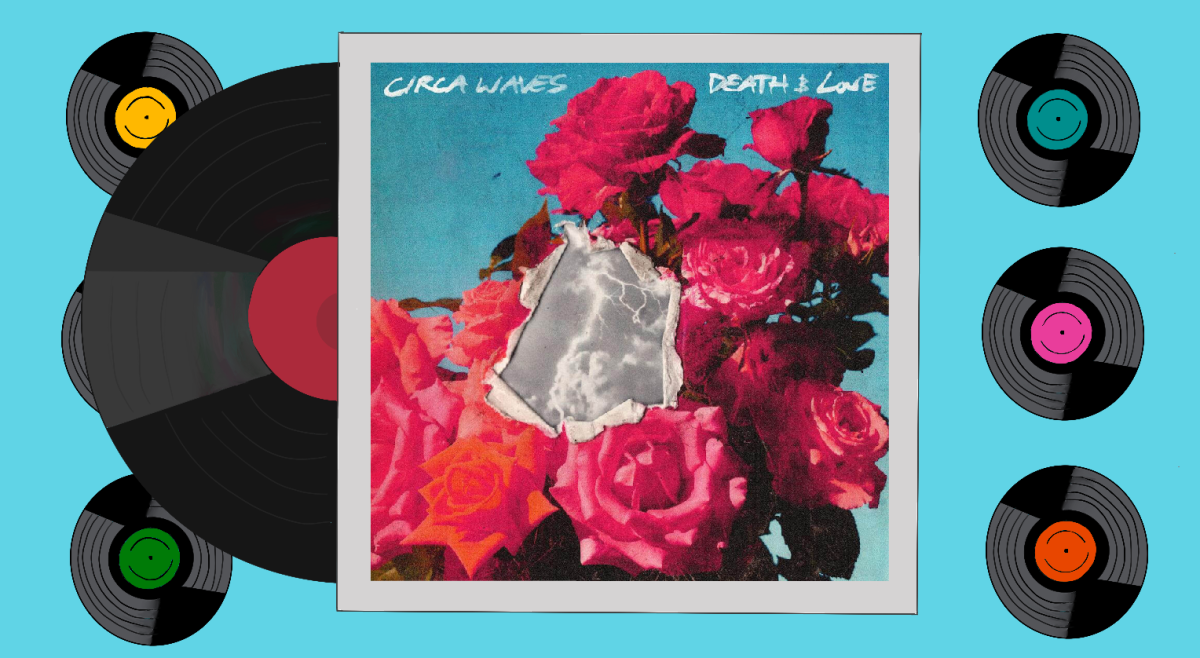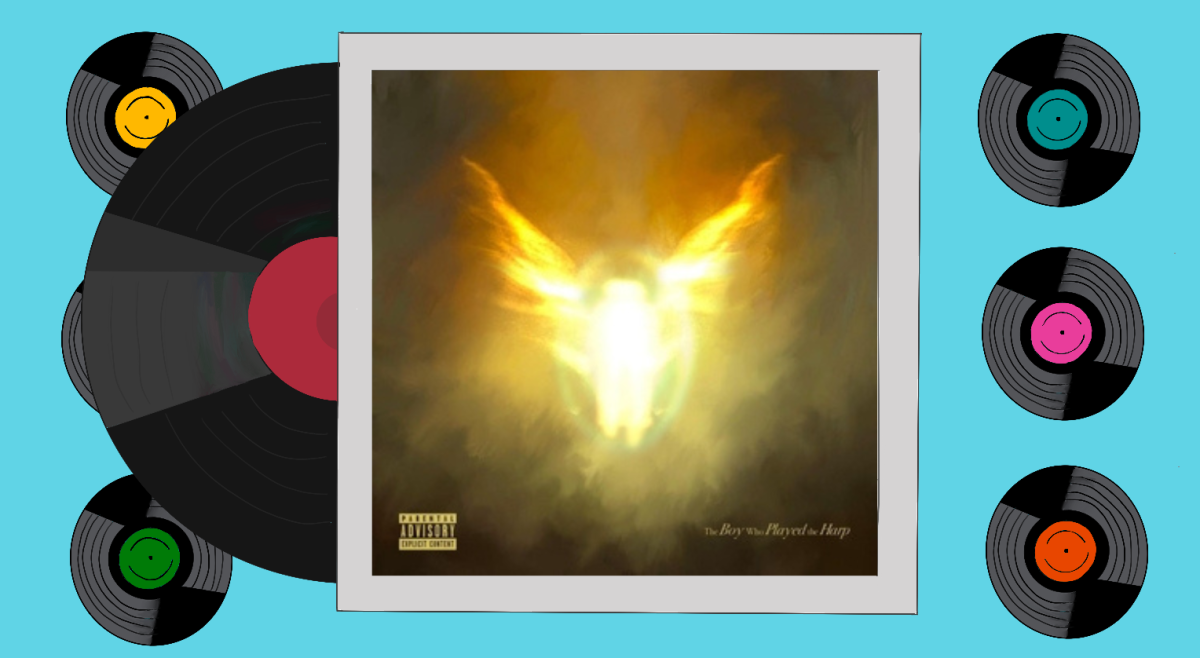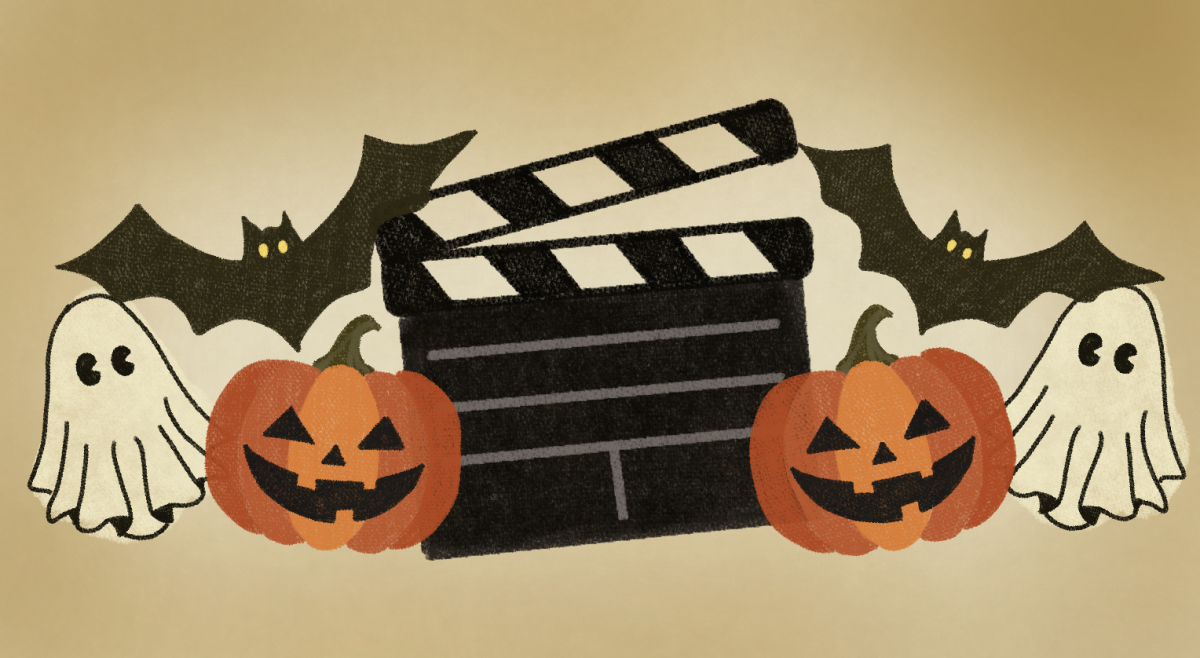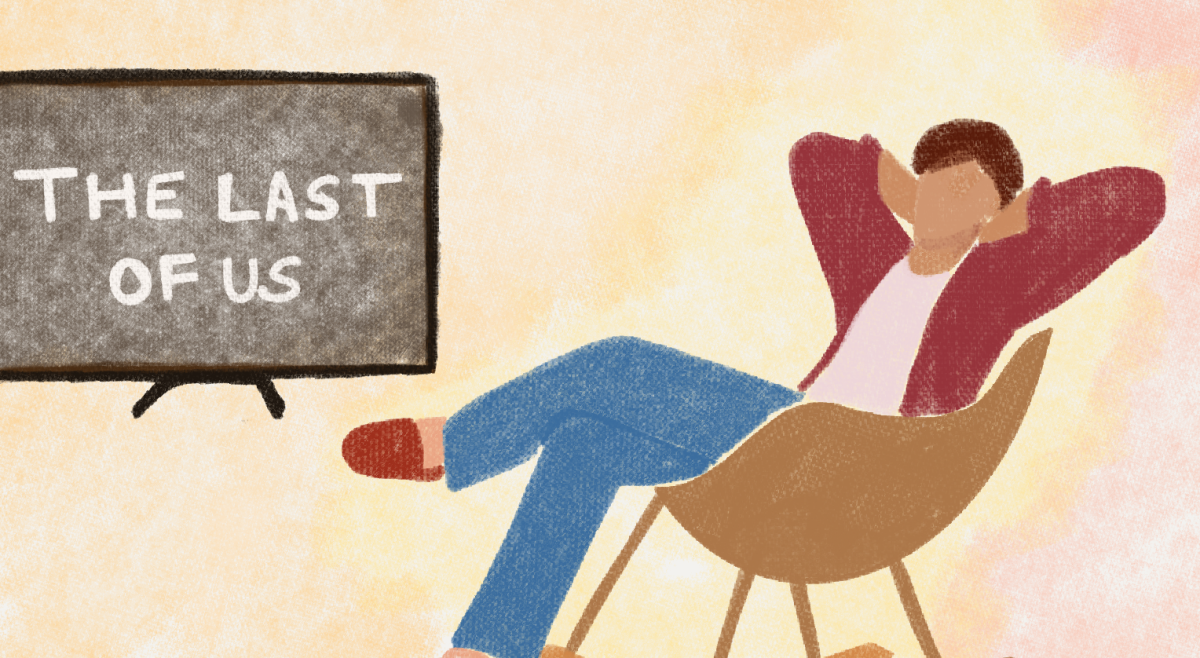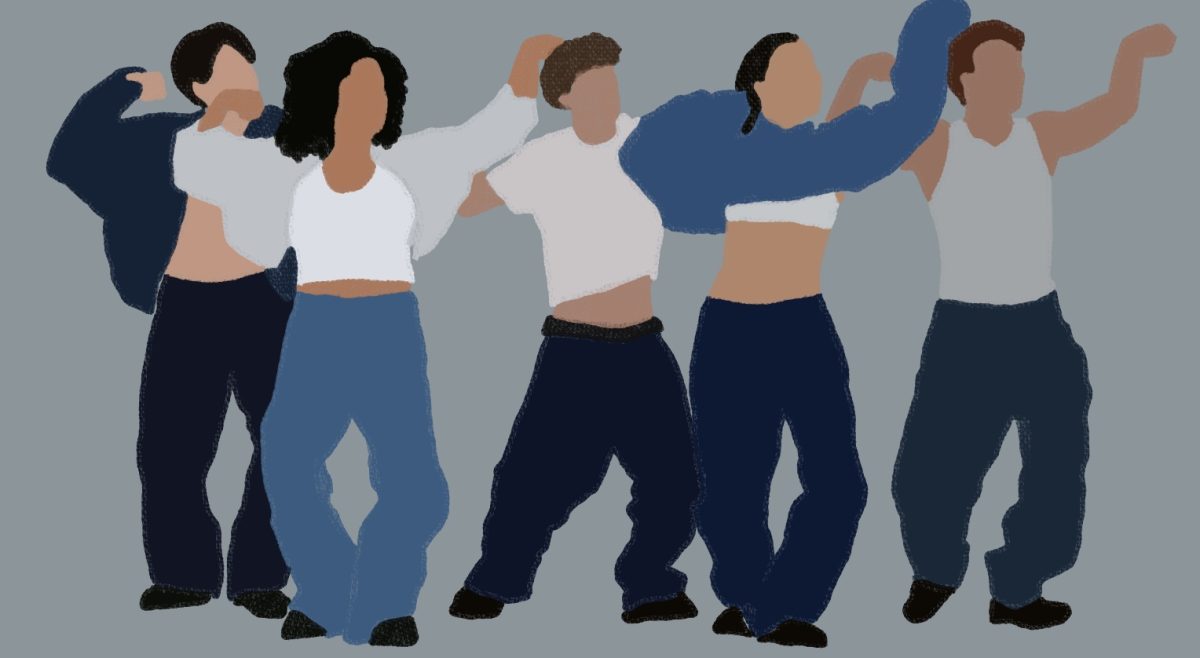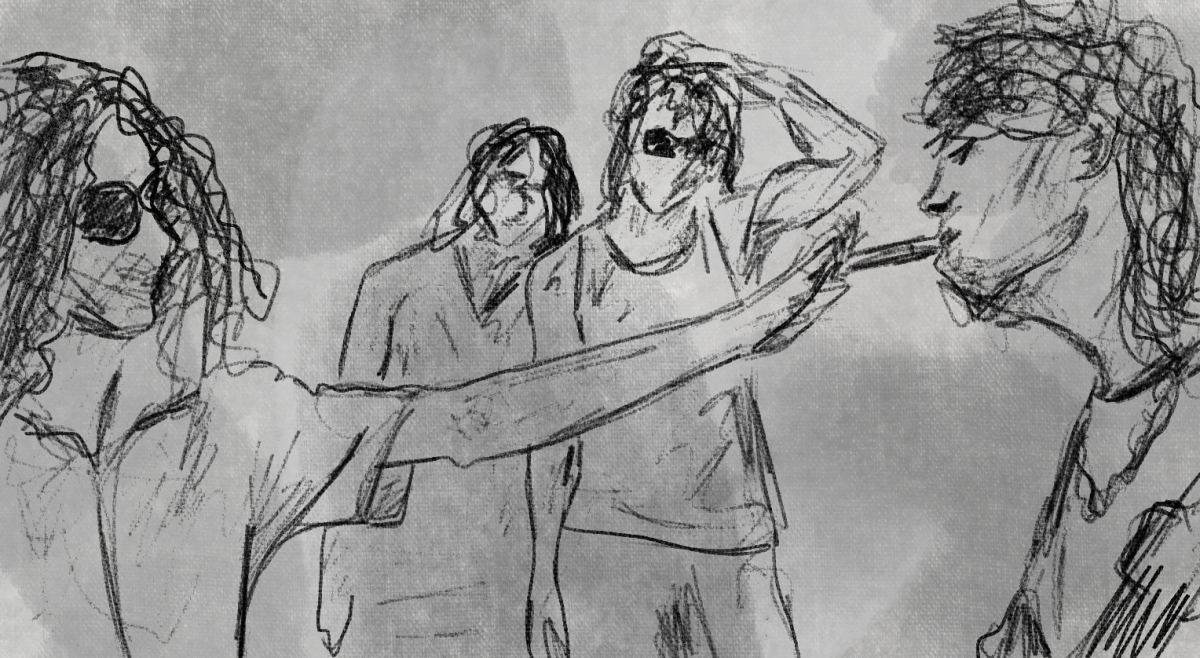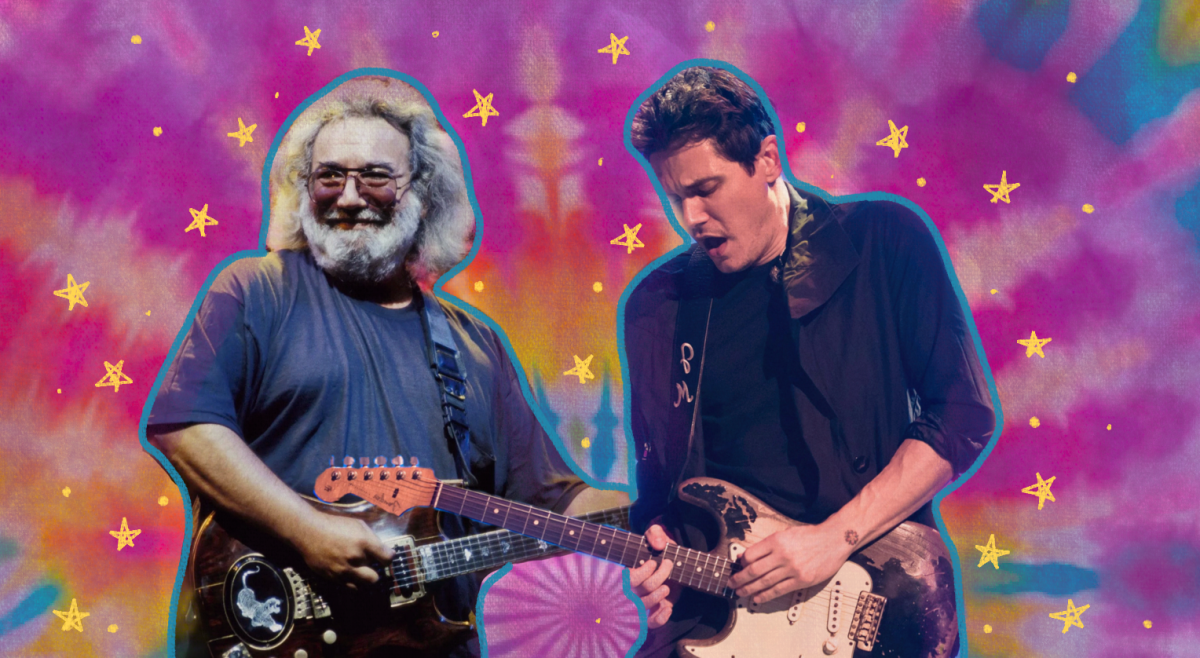Halloween: the perfect time to indulge in everything scary and thrilling, especially when it comes to movies. Though I wasn’t always the biggest fan of so-called “scary movies,” I’ve found myself venturing into the genre more and more. Two of my favorites have been The Shining (1980) and Midsommar (2019), and I was struck by the parallels between the two. Stanley Kubrick’s The Shining is cemented in cinematic history as one of the greatest and most iconic horror films of all time, with its memorable one-liners, beautiful scenery, and psychological thrills.
While The Shining cannot be replaced, it certainly has influenced many newer horror films which have taken the psychological thriller to new levels. One such film is Midsommar, directed by Ari Aster. These two films—both wildly successful and considered pillars of the horror genre during the times they were released—have visually stunning scenery, recurring images, and plot devices that contribute to the feeling of a psychological thriller. But the intensity of Midsommar’s plot and each individual scene make it a more extreme thriller.
In The Shining, writer Jack Torrance takes a caretaker position at the Overlook Hotel during the isolating winter months, bringing his wife, Wendy, and young son, Danny, with him. Similarly, Midsommar is also set in an isolated location, taking place at a Swedish commune. The protagonist Dani is traumatized after the death of her family, and in an effort to escape, finds herself at the commune’s celebration of European midsummer activities.
The scenery of the two films is incredibly beautiful and striking. The soaring mountains and overwhelming piles of snow in The Shining create a muted palette that emphasizes the feeling of isolation so prevalent in the movie. Midsommar’s scenery, on the other hand, contrasts the events of the movie. The verdant, rolling hills are complemented by the brightly colored flowers and embroidered dresses of the women in the commune. It is the classic image of an idyllic farm setting, far removed from the bustle of regular society. But, the horrific events that occur in this idyllic setting are a reminder that things are not always as they seem.
One of the other major similarities between the two films is their use of foreshadowing and recurring images. In The Shining, Danny recuringly sees blood pouring out of the hotel’s elevators and twin girls dressed in matching easter egg blue dresses over and over again, foreshadowing the horrors to come.
Midsommar also features multiple instances of foreshadowing and of recurring images. Dani has flashbacks and visions of her dead family, serving as a constant reminder of the trauma she has endured. These recurring images also serve as shadows of the past which haunt the characters and prove to be inescapable. While they encounter difficulties in real life, the characters are also dealing with a mental kind of maze reinforced by nightmares from the past, like the appearance of the former caretaker in Jack’s visions in The Shining.
Suspense builds for the entirety of both films. Scenes in The Shining, such as the one of Danny riding his tricycle through the hotel toward the notorious Room 237, build up a sense of unease and foreboding, even if nothing ends up happening. This same unease is felt in Midsommar each time one of the characters goes off alone. Although both films have this sense of suspense and danger, The Shining sticks closer to the fear that comes from that supsense even if nothing ultimately happens, while in Midsommar, suspense is built from the anticipation of horrid things and pushed even further when these events are carried out. Jack’s rampage, though thrilling and destructive, ultimately does not result in that much actual violence. The terror of The Shining comes more from the notion that a man is capable of brutally murdering his entire family rather than the actual depiction of that murder. Its horror is the horror of the thought of doing those atrocious acts, and the discomfort with humanity and the aversion to human nature that comes with that idea.
Midsommar has a similar focus on the dreadfulness of the potential for such violence, but rather than steering around the possibility of violence, the violence is carried out and vividly depicted. The blood and gore so ubiquitous in the film demonstrate not only the potential for those horrid actions and events but the results of these actions actually being carried out. This is the key difference between The Shining and Midsommar. Although the psychological games are present in both films, they are brought to more gruesome and grisly conclusions in Midsommar, making it both more mentally and physically disturbing—the benchmark of this era’s genre of horror.
Featured Image Courtesy of A24

